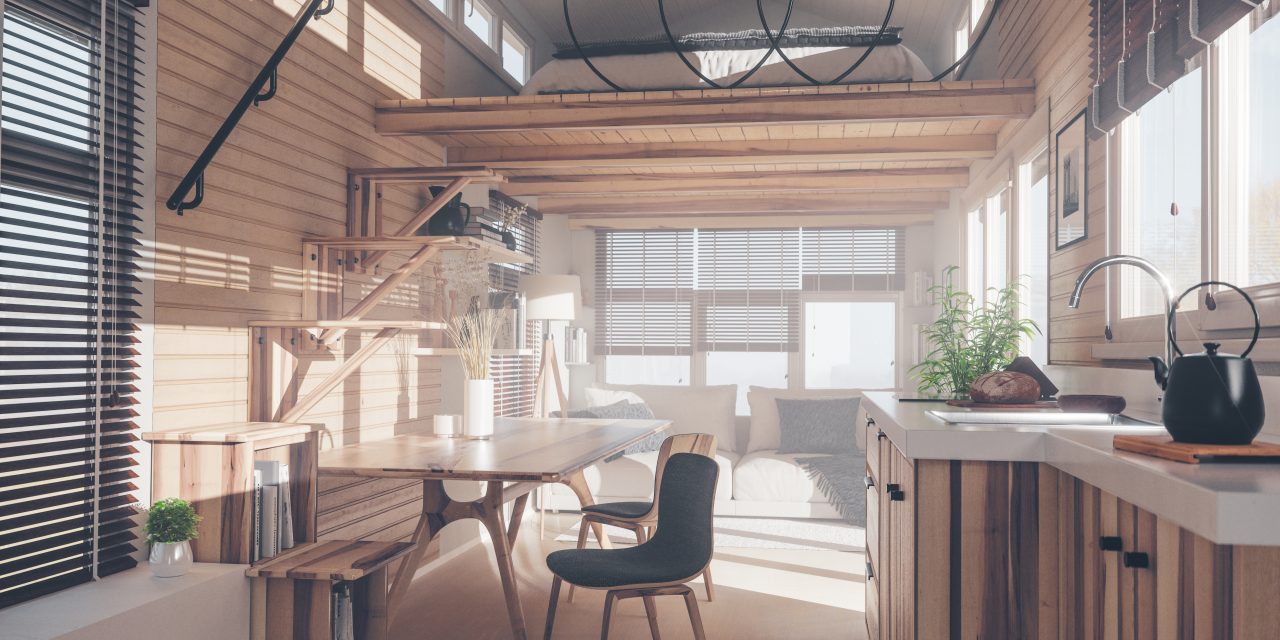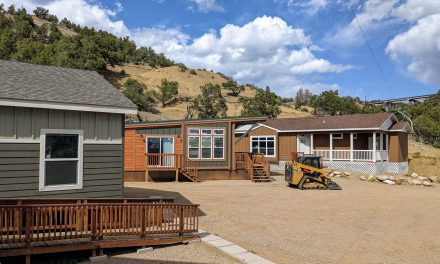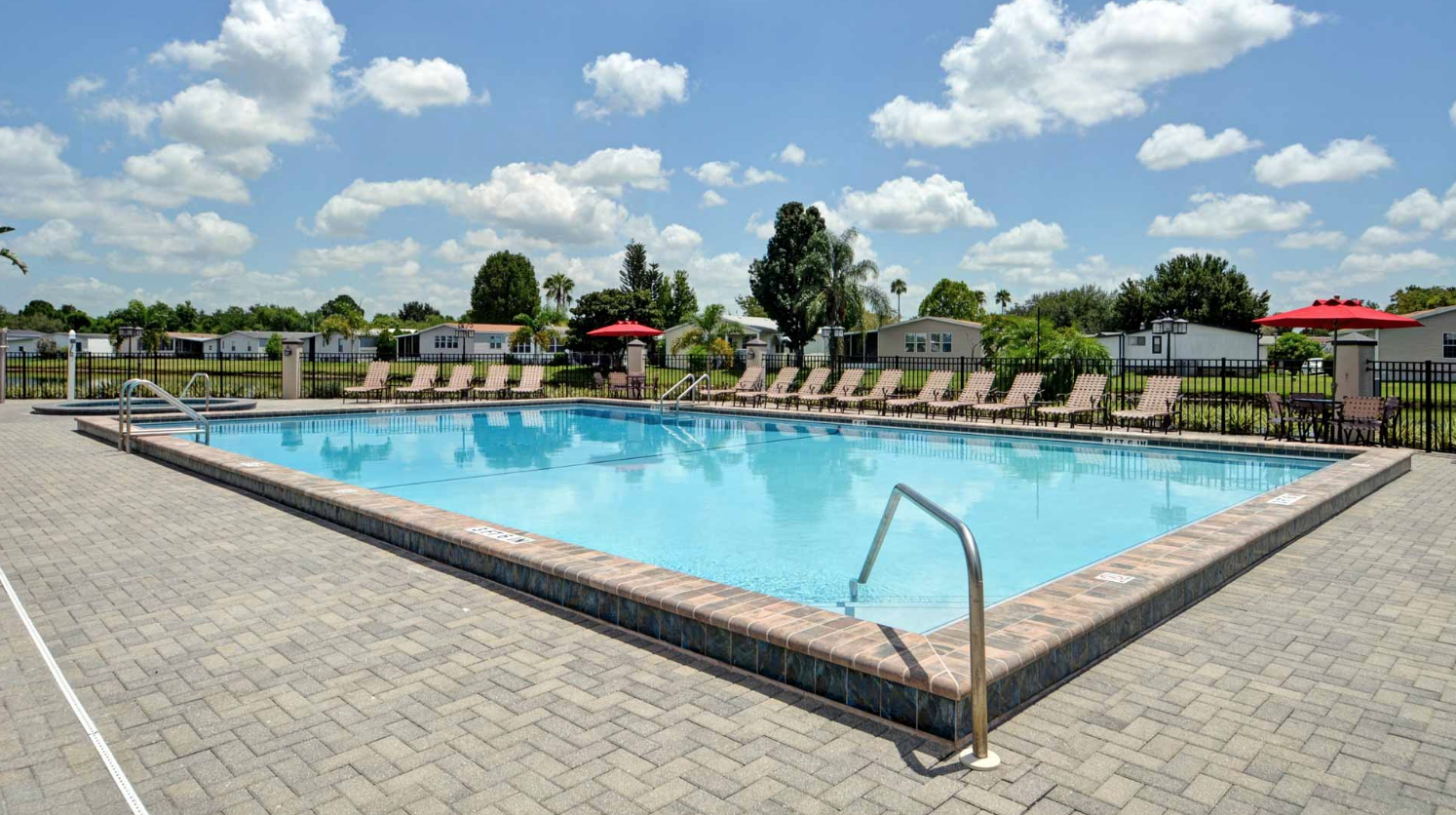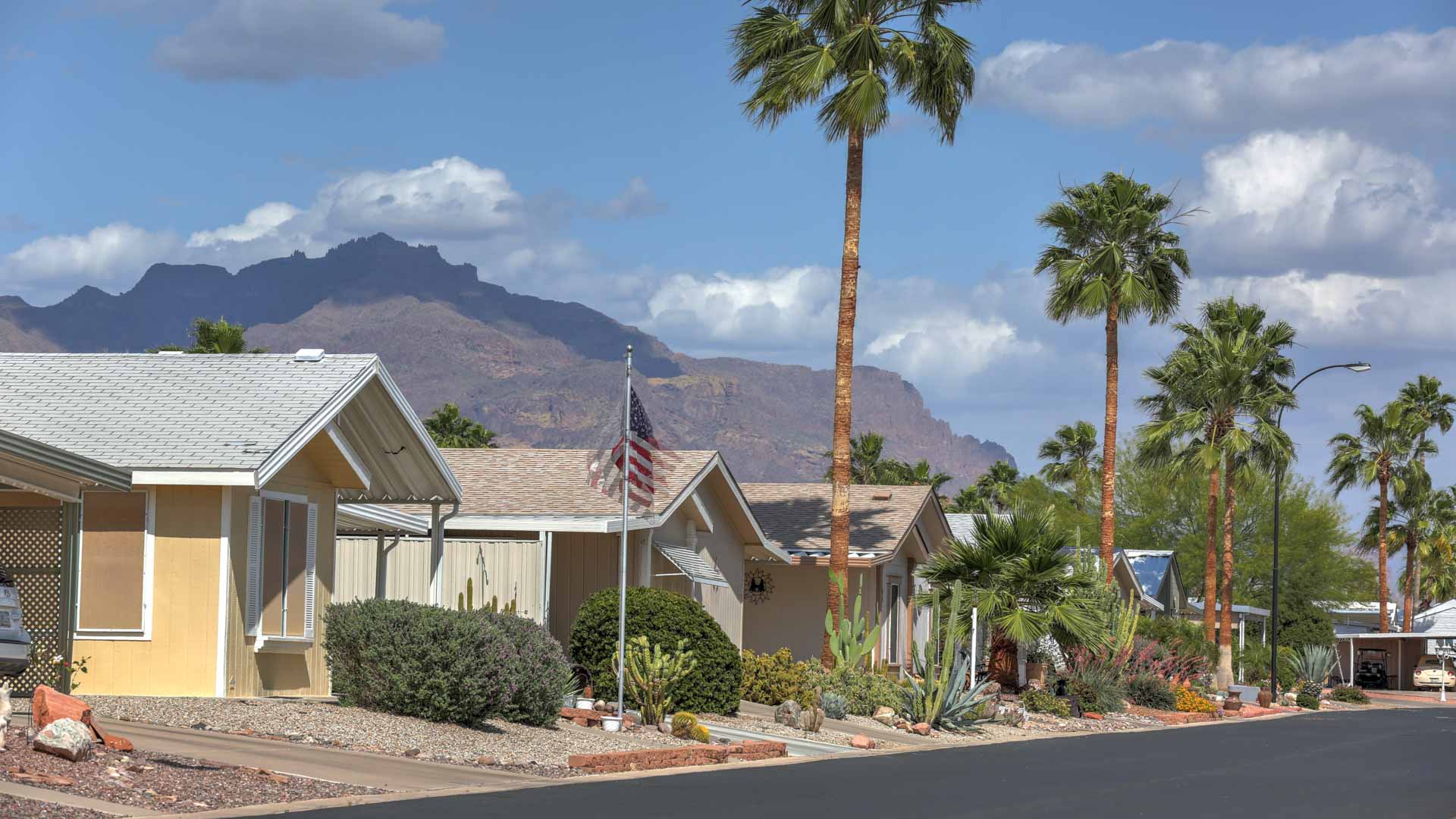You may have seen the term “ADU” cropping up more and more in your search for nontraditional homes. While this acronym, which stands for Accessory Dwelling Unit, might be unfamiliar to some, the concept probably isn’t.
An ADU is a type of small, self-contained living space that is typically built on the same lot as a single-family home. ADU stands for an accessory dwelling unit, and it is sometimes called a granny flat, in-law unit, or secondary suite. ADUs are often used as a way to provide additional housing on a property, and they can be a cost-effective solution for people who want to live independently but still be close to family or friends.
What are some reasons to build one?
An ADU can be internal (a converted portion of an existing home), attached (an addition to a home), or stand-alone/detached (a freestanding structure).
While the concept of adding an additional living structure to your property to house older generations of your family is nothing new, this type of arrangement is proving more and more popular as tricky housing markets make homeownership out of reach for many.
In addition to housing aging parents who may benefit from increased contact or care, ADUs are also being employed to house adult children, who may want or need to stay close to home but seek more independence than living under the same roof.
Another primary reason that someone might consider building an ADU is to generate income: an ADU can be rented out to a tenant, who will then pay rent to the homeowner. This arrangement can be a lifesaver in tough times or tricky economies.
For some, changing needs might bring them to the realization that their home, once sized appropriately for their family or lifestyle, is now much too large. Because many homeowners stay in their homes for decades, it is inevitable that their needs will change over time. In some cases, homeowners will move into the ADU unit, and rent out the primary home.
In all cases, the ADU is situated on the main property, and there is one owner who owns the primary and secondary residences, as well as the land.
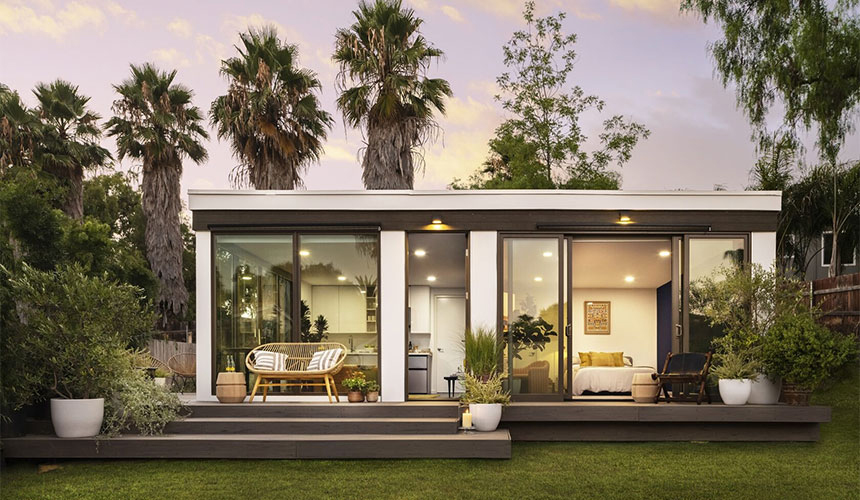
Some things to consider when considering an ADU:
Adding a secondary structure (or adding/building out an addition or existing structure) will have its challenges. Just as with any residence, zoning limitations will vary from place to place. Similarly, your location will have its own rules about building permits.
Something else to consider: additional structures on a piece of property inherently increase property value, so wise homeowners are sure to factor the potentially increased property taxes into their budget. Those who plan on using their ADU as an income-producing asset will consider tax increases when they decide on the monthly rent.

